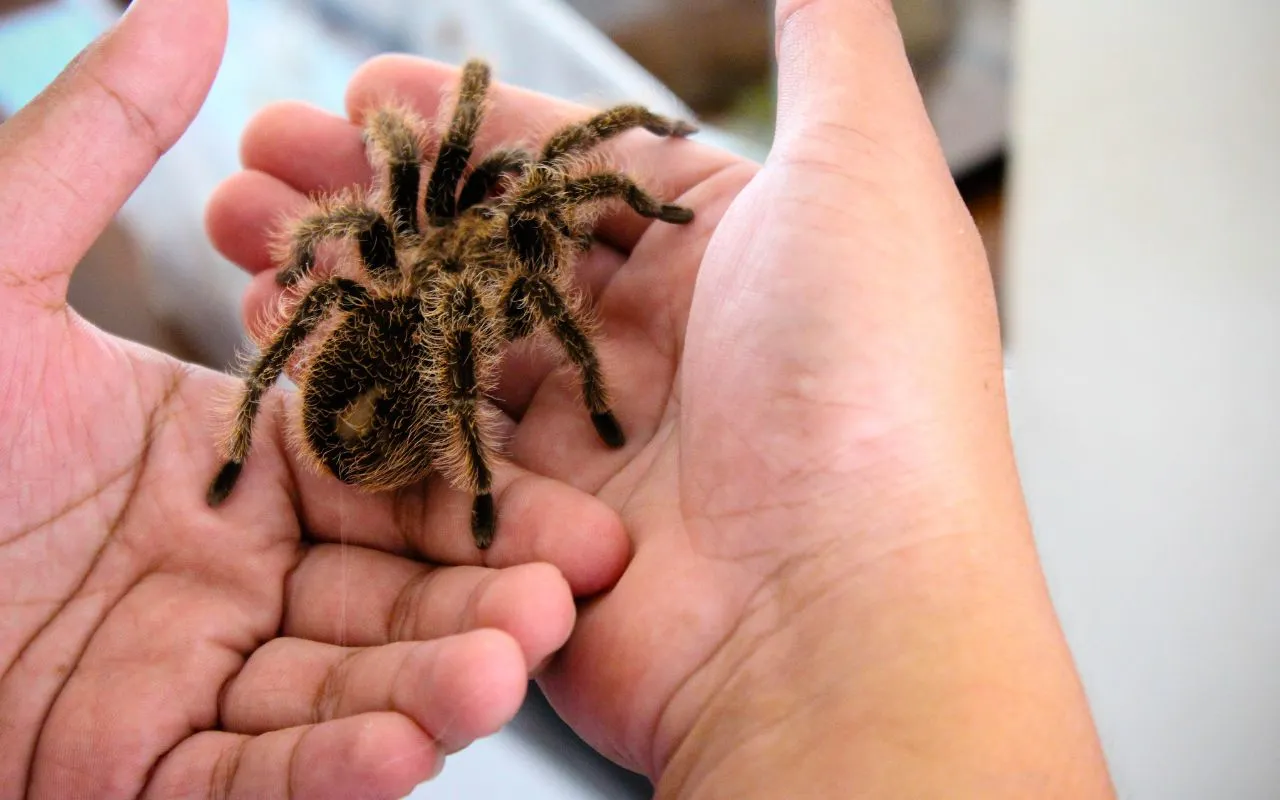Curly Hair Tarantula Top 5 Facts
The Curly Hair Tarantula, scientifically known as Tliltocatl albopilosus, is a popular choice for tarantula enthusiasts. These fascinating creatures, native to Central America, are known for their docile nature, making them relatively easy to care for. This guide will explore five key facts about these amazing spiders, covering everything from their appearance and habitat to their behavior and care requirements. Whether you’re a seasoned arachnid aficionado or a curious beginner, understanding these facts will enhance your appreciation and ability to care for these captivating creatures. Get ready to delve into the world of the Curly Hair Tarantula and discover what makes them so unique and beloved in the pet world.
Appearance and Characteristics
The Curly Hair Tarantula gets its name from the unique appearance of its setae, or hairs, which curl and give it a fuzzy appearance. These hairs are not just for show; they play a vital role in the tarantula’s sensory perception. The texture and density of the hairs can vary slightly, depending on the individual tarantula and its stage of life. The overall impression is one of a robust and well-proportioned spider, with a distinctive look that sets it apart from other tarantula species. The appearance is a significant factor in its appeal as a pet, contributing to its endearing and recognizable form. Understanding the details of its appearance provides a greater appreciation for its physical characteristics.
Size and Physical Traits
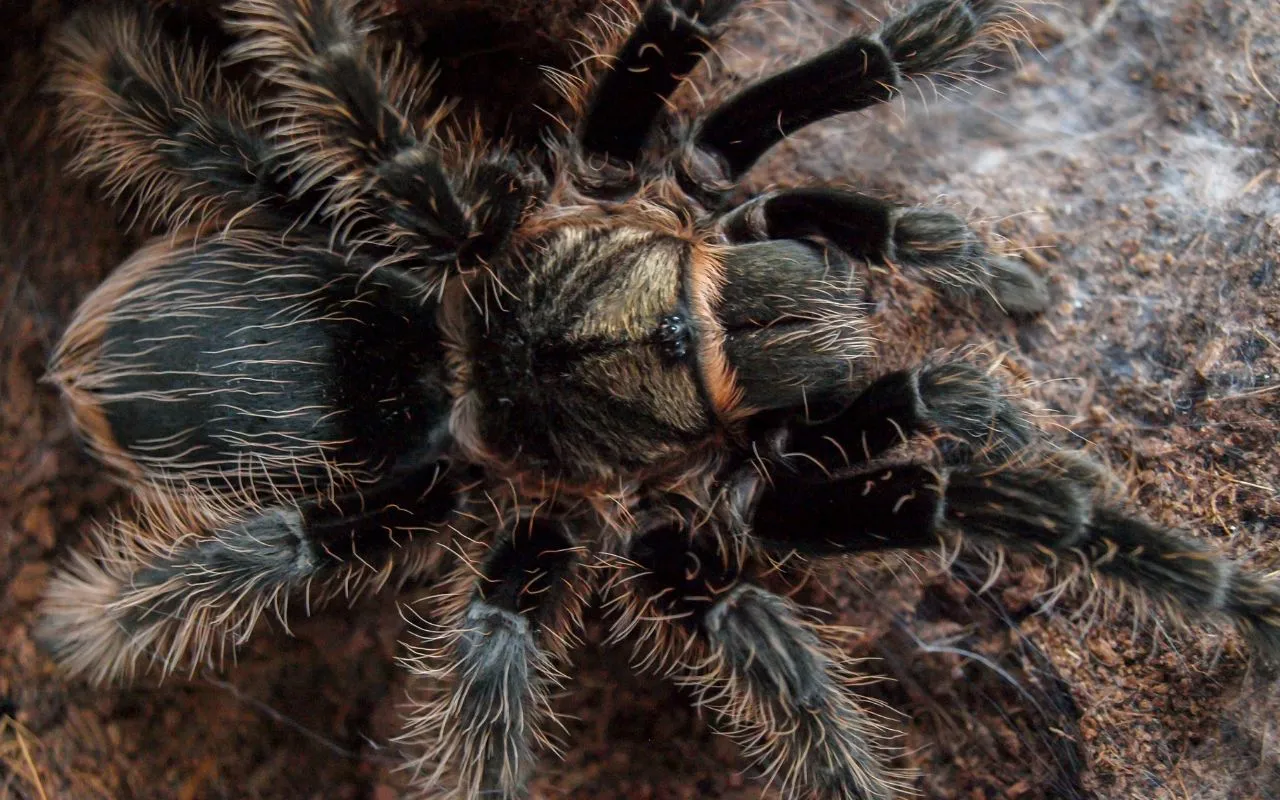
Curly Hair Tarantulas are of medium size, with females typically growing larger than males. Adult females can reach a leg span of up to 6 inches, while males tend to be slightly smaller. Their bodies are covered in the characteristic curly hairs, and the overall structure is designed for both movement and defense. Their fangs are proportionate to their size, capable of delivering a bite, though the venom is not considered medically significant to humans. The overall impression is one of a sturdy and capable spider, built for survival in its natural environment. Their size also makes them relatively manageable pets for those new to tarantula ownership.
Coloration and Markings
The coloration of the Curly Hair Tarantula is another key feature that sets it apart. They typically have a dark brown to black body, with golden or bronze hairs that give them a distinctive appearance. These hairs are especially noticeable on their legs and abdomen, creating a visually appealing contrast. The color can vary slightly depending on the tarantula’s age, molting cycle, and overall health. Young tarantulas often have more vibrant coloration, which can fade slightly as they mature. The patterns and hues make each tarantula unique, adding to their appeal as a captivating pet. This coloration helps the tarantula blend with its surroundings, providing effective camouflage in its natural environment.
Habitat and Distribution
Understanding the Curly Hair Tarantula’s natural habitat is essential for providing proper care. These spiders are native to the rainforests of Central America, where they thrive in humid environments. They are terrestrial spiders, meaning they spend most of their time on the ground or in burrows. The specific conditions of their habitat have shaped their physical characteristics and behaviors. Replicating their natural environment in captivity is key to ensuring their health and well-being. The ability to recreate their home in a controlled environment is part of what makes keeping these tarantulas so rewarding.
Natural Habitat
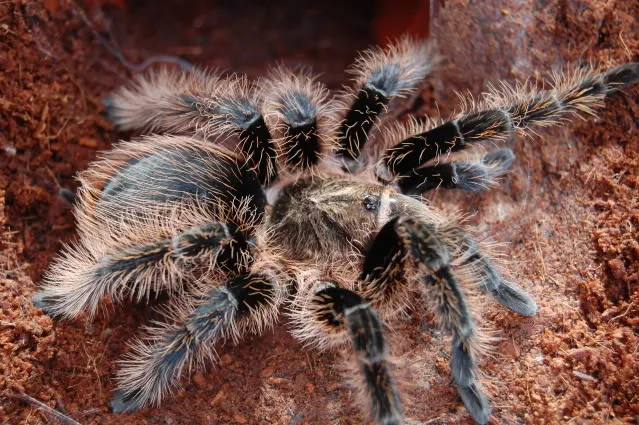
In the wild, Curly Hair Tarantulas are typically found in tropical rainforests and grasslands. They create burrows under the ground or find shelter under logs, rocks, and leaf litter. The moist and humid conditions of these environments provide the ideal conditions for their survival. These environments offer protection from predators and the extremes of the weather. The availability of food, such as insects and small invertebrates, also contributes to their survival. Understanding the details of their natural habitat provides invaluable insight into how to care for them in captivity.
Geographic Range
The geographic range of the Curly Hair Tarantula is primarily in Central America. They are native to countries such as Costa Rica, Panama, and Nicaragua. Within these regions, they are well-adapted to the specific climates and terrains. Their distribution is influenced by factors such as the availability of suitable habitats and food sources. They have successfully adapted to these varying environmental factors, which allows them to thrive in their natural habitat. Understanding the location of these tarantulas provides additional insights into their care and preservation.
Temperament and Behavior
Curly Hair Tarantulas are known for their relatively docile temperament, making them a popular choice for beginners in the tarantula world. However, like all tarantulas, they have specific behaviors and defensive mechanisms that potential owners should be aware of. Their behavior includes activities such as burrowing, hunting, and molting. Knowing and understanding their behavioral traits are crucial for safe and responsible pet ownership. The temperament of each spider can vary slightly, based on the individual and their environment. Observing their behaviors will contribute to the appreciation of these spiders.
Defensive Mechanisms
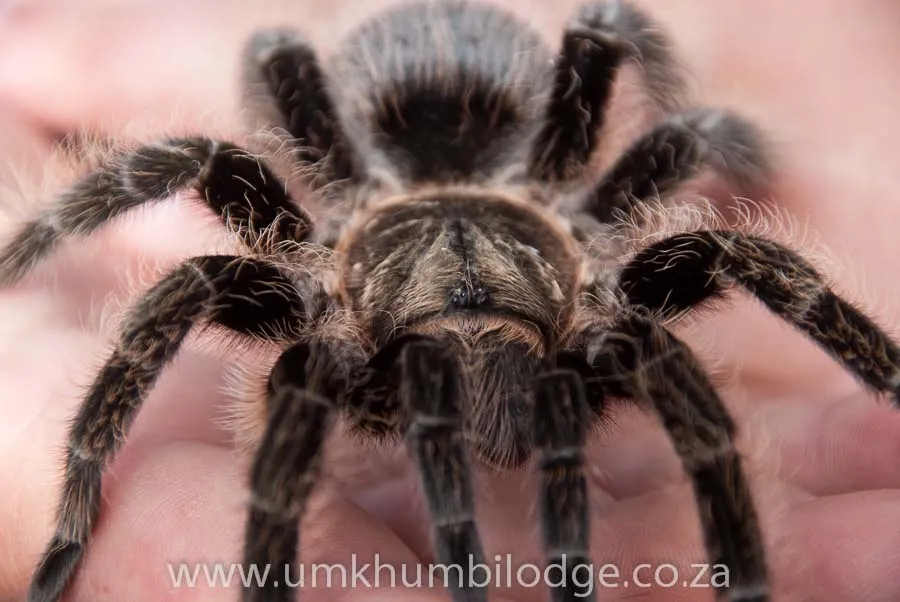
When threatened, Curly Hair Tarantulas have a few defensive mechanisms. They may flick urticating hairs from their abdomen as a primary defense. These hairs can cause skin irritation and discomfort to potential threats. They can also bite, although their venom is not considered dangerous to humans. They also have the ability to run away and hide. Understanding their defenses helps owners to handle them safely and respectfully. Proper handling techniques will keep both the owner and the tarantula safe from harm. Handling can be a challenge, but with proper training and understanding, you can avoid getting bitten.
Handling Considerations
While generally docile, handling a Curly Hair Tarantula should be approached with caution. They are best observed rather than frequently handled. Handling should be limited to short periods. Before handling, owners should ensure a calm environment and avoid sudden movements. It is also important to avoid handling immediately after feeding or molting, as tarantulas can be more vulnerable. If handling is necessary, doing so over a soft surface, such as a bed or carpet, is recommended. This reduces the risk of injury if the tarantula falls. Careful handling can minimize the risks of bites or urticating hair exposure.
Diet and Feeding Habits
The diet and feeding habits of the Curly Hair Tarantula are straightforward, making them relatively easy to care for. They are insectivores, meaning they primarily eat insects. Providing the correct food and feeding frequency will ensure your tarantula remains healthy and active. Proper nutrition also contributes to their growth and development. Understanding their dietary requirements is essential for providing appropriate care.
What Do They Eat
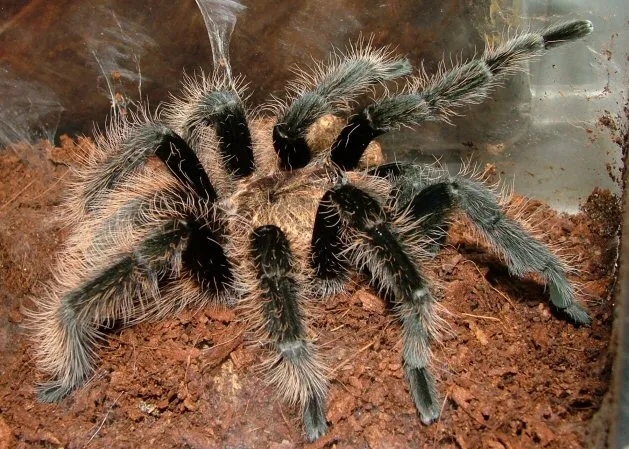
Curly Hair Tarantulas primarily consume insects. Common food items include crickets, mealworms, roaches, and other commercially available insects. The size of the insects should be appropriate for the tarantula’s size, ensuring they can be easily caught and consumed. A varied diet can also help to provide a balanced intake of nutrients. Avoid feeding them wild-caught insects due to the potential for parasites or pesticides. Providing a consistent supply of nutritious food contributes to their overall well-being.
Feeding Frequency
The feeding frequency for a Curly Hair Tarantula depends on its age and size. Spiderlings may need to be fed two to three times a week, while adults can be fed once or twice a week. It is important to monitor the tarantula’s abdomen; a well-fed tarantula will have a rounded abdomen. Remove any uneaten insects after 24 hours to prevent them from stressing the tarantula. Adjust the feeding schedule based on the tarantula’s individual needs and activity level. Providing the right amount of food at the right time contributes to their health and well-being.
Lifespan and Reproduction
The lifespan of a Curly Hair Tarantula varies depending on the sex, with females typically living longer than males. The reproduction process is a fascinating aspect of tarantula behavior, providing insight into their life cycle. Understanding these aspects is essential for responsible pet ownership and the overall appreciation of this species.
Lifespan in Captivity
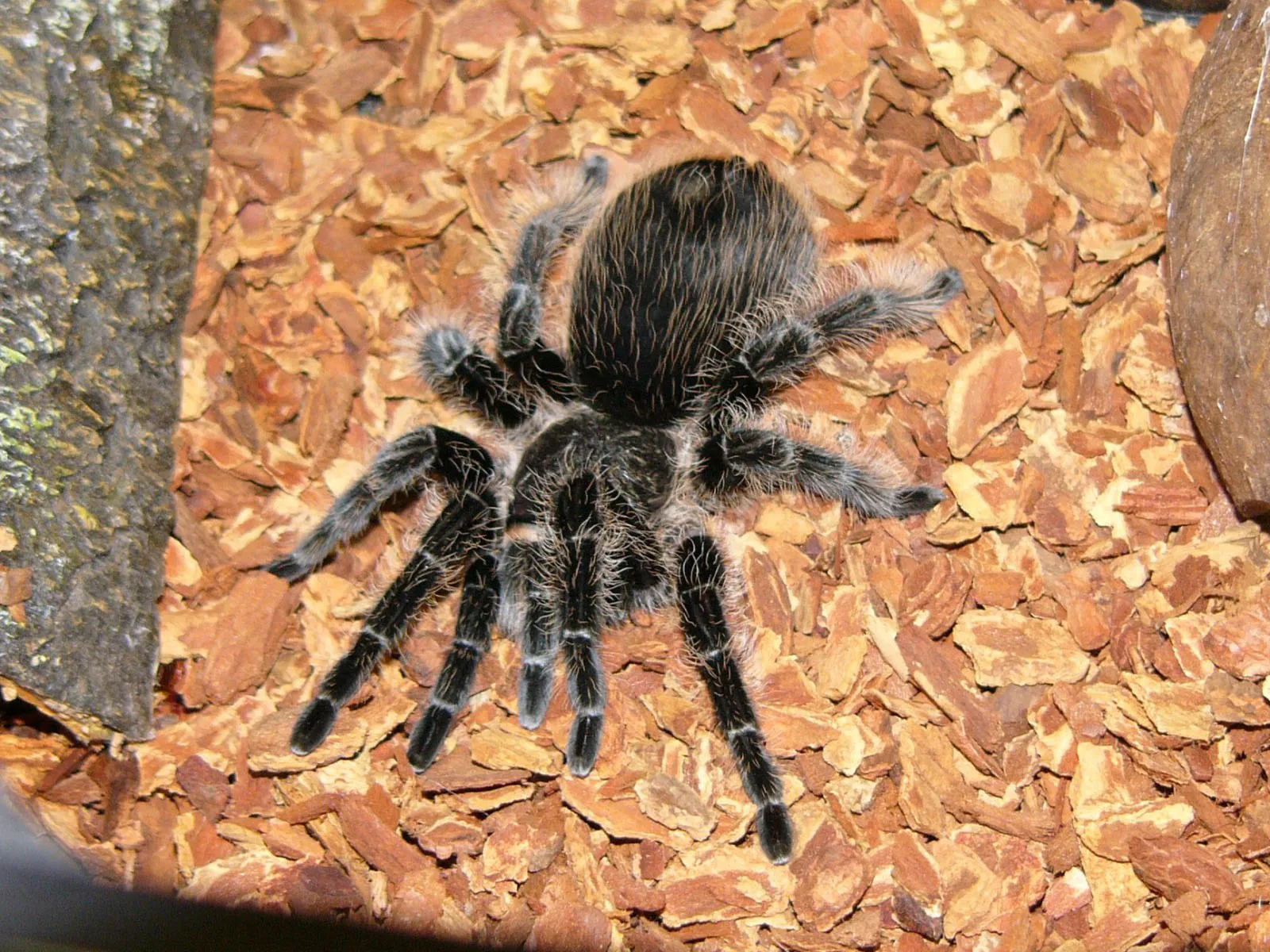
In captivity, female Curly Hair Tarantulas can live for up to 10-15 years, while males typically live for 3-5 years. Proper care, including appropriate housing, temperature, humidity, and diet, plays a crucial role in their lifespan. Their environment also impacts their health and quality of life. Providing a suitable environment is essential for the overall health and longevity of these tarantulas. The lifespan gives owners a great deal of enjoyment and companionship.
Reproduction Process
Reproduction involves a complex mating ritual where the male courts the female. After mating, the female will lay an egg sac containing hundreds of eggs. The eggs incubate for several weeks before hatching into spiderlings. Raising spiderlings can be a challenging process that requires specialized care. The entire cycle from mating to hatching offers a unique insight into the tarantula’s life. The opportunity to observe the reproduction process adds a fascinating dimension to tarantula ownership.
